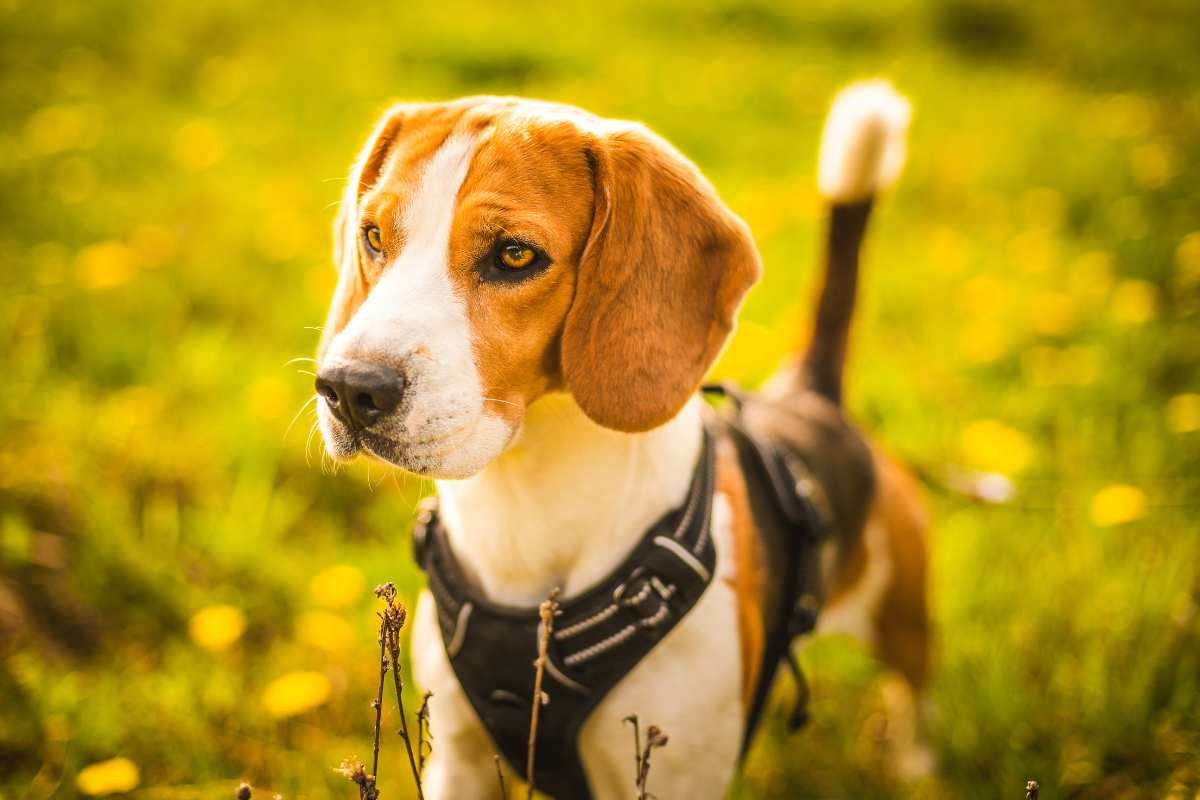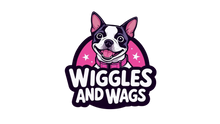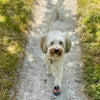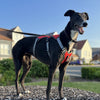How Do You Tell If A Harness Is Too Big For A Dog

Choosing the right harness for your dog is a crucial aspect of responsible pet ownership. While many people understand the importance of using a harness, ensuring that it fits properly is equally essential. A harness that is too big can lead to discomfort, chafing, and even compromise your dog's safety. In this article, we'll explore the telltale signs that your dog's harness might be too big and offer tips on achieving the perfect fit.
Understanding the Importance of a Well-Fitted Harness
A properly fitted harness serves multiple purposes beyond just controlling your dog during walks. It distributes pressure evenly across your dog's body, preventing strain on the neck and throat. Additionally, a snug harness reduces the risk of your dog slipping out and escaping, providing better control and safety.
Signs That Your Dog's Harness Is Too Big
Slipping and Twisting - One of the most obvious signs of an ill-fitted harness is constant slipping and twisting. If the harness is too loose, it may shift around your dog's body, causing discomfort and hindering your ability to guide them effectively.
Chafing and Rubbing - Examine your dog's skin regularly for signs of chafing or rubbing. If you notice redness, hair loss, or irritation under the harness, it's a clear indication that the fit is not right.
Difficulty Breathing and Panting - A harness that is too large may constrict your dog's movements, making it challenging for them to breathe properly. If you observe excessive panting or labored breathing during walks, it's a cause for concern.
Escaping or Slipping Out - A harness that is too big increases the risk of your dog slipping out of it, especially if they are particularly agile or energetic. This poses a severe safety hazard, especially in busy or unfamiliar environments.
Uneven Distribution of Pressure - The purpose of a harness is to distribute pressure evenly across your dog's chest and shoulders. If you notice that the pressure is concentrated in one area or that your dog is constantly pulling to one side, it may indicate an improper fit.
Steps to Ensure a Proper Harness Fit
Measure Your Dog Correctly - Before purchasing a harness, measure your dog's chest girth and neck size accurately. Most harnesses come with size charts to help you choose the right one based on your dog's measurements.
Check the Adjustability - Opt for a harness with adjustable straps to achieve a customized fit. The ability to fine-tune the harness ensures that it can adapt to your dog's unique body shape.
Fit Around the Neck - The harness should sit comfortably around your dog's neck without causing any chafing or restricting their ability to move their head freely.
Chest Girth - Ensure that the chest strap is snug but not too tight. You should be able to fit two fingers between the strap and your dog's chest. This allows for proper breathing and movement.
Secure Buckles and Clips - Double-check that all buckles and clips are securely fastened. Loose fittings can contribute to an ill-fitted harness and compromise your dog's safety.
Regularly Check for Wear and Tear - Even a perfectly fitted harness can wear out over time. Regularly inspect the harness for any signs of fraying, broken buckles, or weakened seams. Replace the harness if you notice any issues.
Common Mistakes to Avoid
Assuming One Size Fits All - Dogs come in various shapes and sizes, so it's essential to choose a harness that suits your specific breed and individual dog. Avoid assuming that a generic size will be suitable for all dogs.
Ignoring Weight Changes - Just like humans, dogs' weight can fluctuate. If your dog gains or loses weight, it's crucial to reassess the harness's fit to ensure it remains snug and secure.
Overlooking Behavioral Changes - If your dog starts exhibiting behavioural changes during walks, such as reluctance to move, constant pulling, or signs of discomfort, it may be a red flag that the harness is not fitting correctly.
Ignoring the Importance of Adjustability - Some people overlook the significance of an adjustable harness. A one-size-fits-all approach rarely works, and an adjustable harness allows for a customised fit as your dog grows or changes shape.
Ensuring that your dog's harness fits correctly is a fundamental aspect of responsible pet ownership. A well-fitted harness not only enhances your control during walks but also contributes to your dog's comfort and safety. Regularly inspect your dog's harness, be attentive to any signs of discomfort or misfit, and make adjustments as needed. By prioritising your dog's well-being and investing time in selecting and adjusting their harness, you're fostering a positive and enjoyable experience for both you and your furry companion.
Wiggles and Wags offer a range of high quality harnesses for all shapes and sizes, as well as guides, videos and size charts. You can view the latest videos here.
-
Posted in
dog harness, harness fitting





